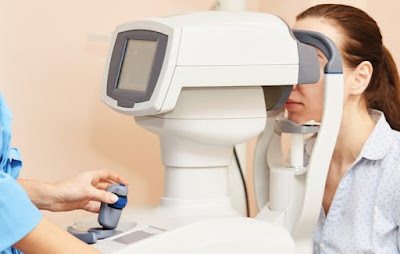Optical coherence tomography devices is an excellent option for treating vision problems
Optical coherence tomography devices are a type of ultrasound that enables the visualization of the retina and subretinal layers. In a study, four different OCT devices were used to image sequential patients with high myopia. The acquisition protocol used to compare the four devices involved single horizontal and vertical line scans focused on the fovea. The objective of the comparison was to evaluate the extent of retinal layer visibility, presence of conjugate image artifacts, and visibility of sclerochoroidal and retrobulbar tissue.
Time-domain OCT utilizes a low-coherence light source that is split into a sample beam and a reference beam. The sample beam reflects light off the reference sample. This light is scanned to measure depth. The length of the reference beam and the sample reflection must be the same. This coherence length leads to a measurable signal. The scanning process is done to determine different depths and lateral positions, which is needed to produce 2-dimensional images.
Optical coherence tomography devices are used in many clinical settings to help detect and treat disease. Various medical conditions can be diagnosed using this technology, and this method has been used to diagnose and treat many conditions. It is an effective and inexpensive way to diagnose a patient and prevent surgery. As a result, it is becoming the preferred method for doctors around the world. The market for optical coherence tomography is expected to grow over the coming years. Optical coherence tomography has also been used to detect diseases such as glaucoma and diabetic retinopathy. The eye is the most vulnerable organ and eye disease can cause loss of vision. Fortunately, optical coherence tomography can detect the disease. Optical Coherence Tomography is a non-invasive diagnostic test that uses ultrasound to detect eye disorders. It is an excellent option for people who have vision problems and are looking for treatment.


%20Treatment%20Market.jpg)

Comments
Post a Comment